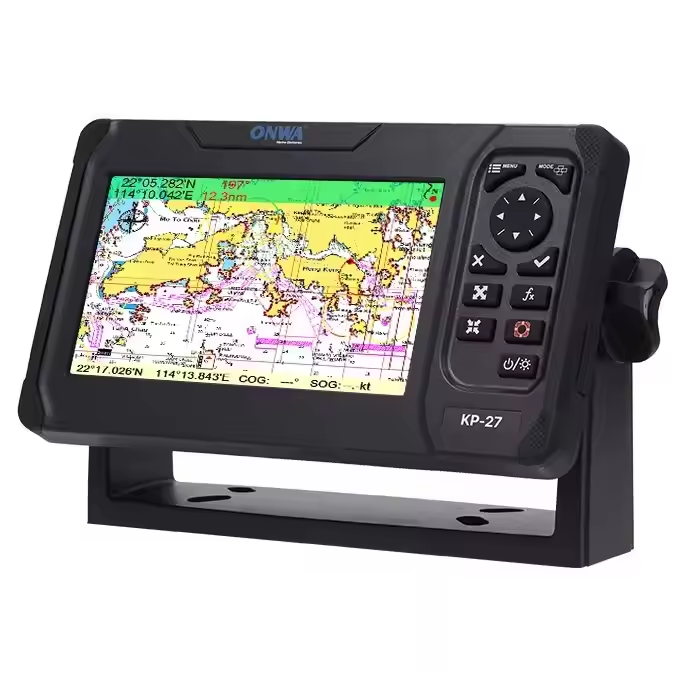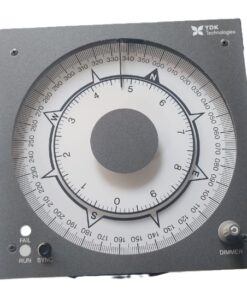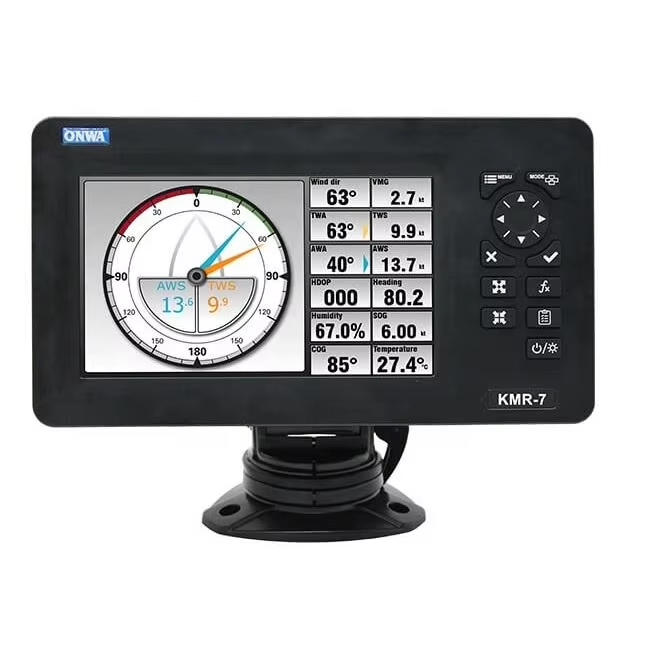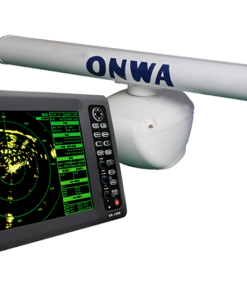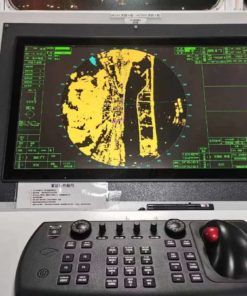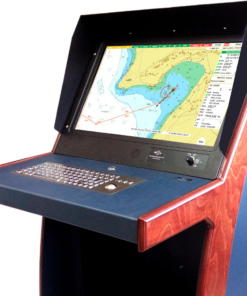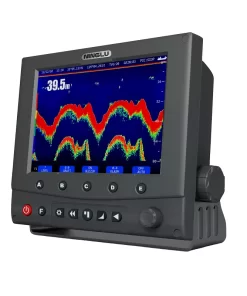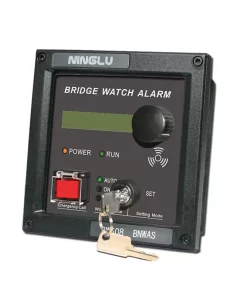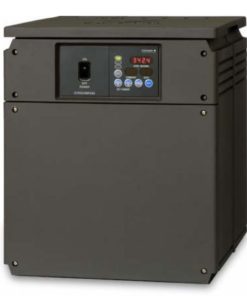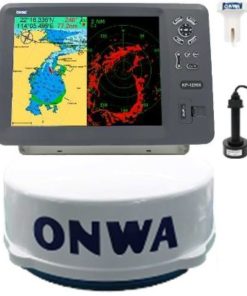VDR and SVDR
A Voyage Data Recorder (VDR) and its simplified version, the Simplified Voyage Data Recorder (S-VDR), are maritime devices designed to record and store crucial data related to the operation of a vessel. The primary purpose of these systems is to enhance maritime safety and facilitate accident investigation.
VDRs and S-VDRs continuously collect and store data from various onboard sensors, equipment, and communication systems, including navigational data, audio recordings from the bridge, radar images, speed, heading, and other critical parameters. In the event of an accident or incident, this recorded data can provide valuable insights into the sequence of events leading up to the event, aiding authorities in determining its cause and contributing factors.
While both VDRs and S-VDRs serve similar functions, the main difference lies in their recording capabilities and mandatory requirements. VDRs are more comprehensive and record a wider range of data, while S-VDRs focus on essential data and are typically required for older vessels that do not have VDRs installed.
Both VDRs and S-VDRs are mandated by international maritime regulations, such as the International Maritime Organization’s (IMO) SOLAS (Safety of Life at Sea) Convention, for certain categories of vessels to ensure compliance with safety standards and facilitate accident investigation and analysis.


